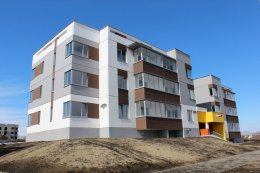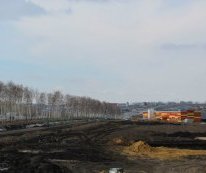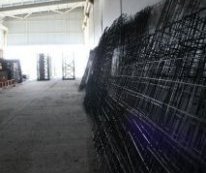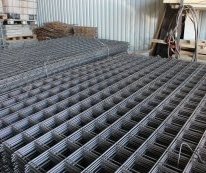
How To Build Houses
 The construction of apartment buildings from large panels was extensively developed during the USSR, as such a way of building significantly saved time and money, but unfortunately, the quality of such houses was often affected. At present, priority is given to construction from bricks, and panel designs are used to build economic-class housing. Having been to the construction of stoves and similar houses, we decided to share your impressions.
The construction of apartment buildings from large panels was extensively developed during the USSR, as such a way of building significantly saved time and money, but unfortunately, the quality of such houses was often affected. At present, priority is given to construction from bricks, and panel designs are used to build economic-class housing. Having been to the construction of stoves and similar houses, we decided to share your impressions.
Memorial to the technology of building modern lounge multi-family houses, we started from a lodging factory and other ferreton products used in construction. At this facility, production is located directly on the territory of the future housing complex, and the factory itself is a large and diverse hangar.
As the Prorab explained to us, if necessary, the factory could be moved to another location, full stove production could only be started in four months, and the power was 50 items per day. There are plans to build three-storey houses on 27 apartments, and only 650 different items are required for one building. It is easy to see that the factory can " release " the house in two weeks. The height is not limited to the technical characteristics of the stove, but to the design of the architect.
What does the factory represent inside? The large room is divided into several large sections: the first contains ready products, and the shapes and shapes are also stored.
In the second room, concrete is manufactured by mixing ingredients. By the way, all management at this stage of production is computerized, and depending on the requirements, the operator may accurately approve the ratio of ingredients.
The largest room is filled with huge " pillars " , which represent magnetic and deck systems that allow for the production of various forms and dimensions on one plane.
On our question, with regard to the outer panels of houses, which represent a 40 centimetre thickness, we were told that such a design would involve the use of the contaminant as the middle layer. As a result, during the cold season of the year, such panels retain heat and in the summer prevent it from entering the apartment.












